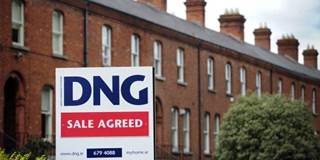
The Return of Ireland’s Housing Bubble
After having endured the collapse of its housing market less than a decade ago, Ireland has lately been experiencing a blistering recovery in prices, which already have risen in Dublin by some 50% from the trough in 2010. Is Ireland setting itself up for another devastating crash?
ZURICH – After having endured the collapse of its housing market less than a decade ago, Ireland has lately been experiencing a blistering recovery in prices, which already have risen in Dublin by some 50% from the trough in 2010. Is Ireland setting itself up for another devastating crash?